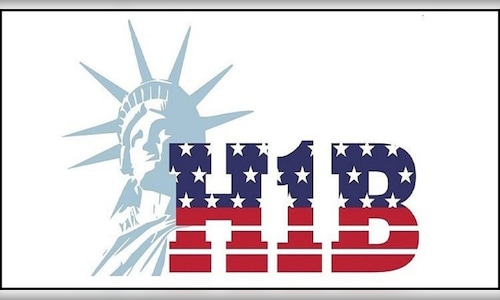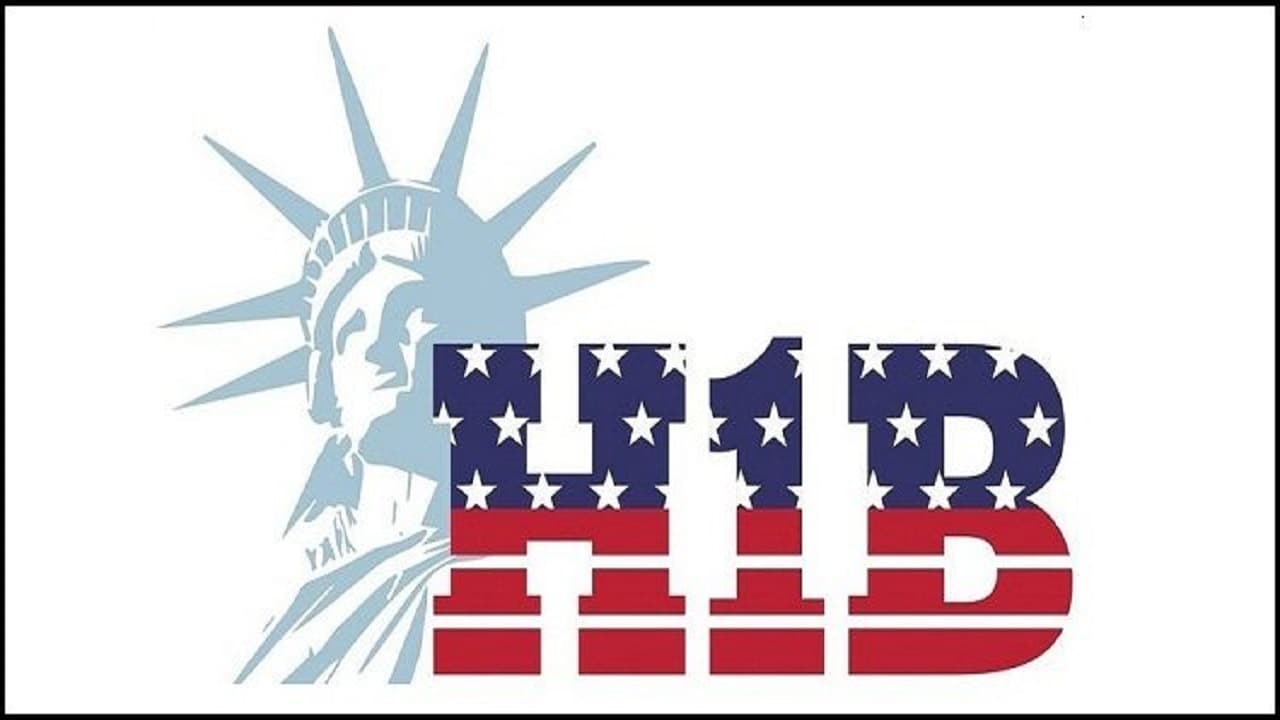

Speaking to CNBC-TV18, Former Indian Ambassador to the US, Meera Shankar, emphasised its significance, stating that the programme is “economically crucial to many US companies”, including giants like Tesla, Microsoft, and Google.
Despite its importance, the programme faces increasing political scrutiny, particularly within Donald Trump’s camp and among staunch Republicans, as debates rage over its impact on American workers and immigration policies.
Shankar said the H-1B programme helps US companies maintain their competitive edge, particularly in sectors where domestic talent supply falls short. While acknowledging calls for reform, such as higher wage requirements and additional fees for H-1B workers, she stressed that the programme is unlikely to be abolished. Instead, reforms might aim to balance political concerns with economic realities.
“There’s a shortage of talent in the US, especially in engineering and the sciences,” Shankar noted. “If push comes to shove, economic pragmatism will likely prevail, even if new conditionalities make it harder for companies, including Indian firms, to hire H-1B workers.”
Echoing Shankar’s views, Shivendra Singh, Vice President of Global Trade Development at NASSCOM, underlined the programme’s role in bridging critical skills gaps in the US ecosystem. He dismissed common criticisms, such as claims that H-1B visas displace American workers or suppress wages.
The political landscape surrounding the H-1B programme remains contentious, with Tesla CEO Elon Musk arguing that it attracts top talent and strengthens the US economy, while critics within the “Make America Great Again” (MAGA) camp feel it undermines American workers. Notably, the appointment of Sriram Krishnan as White House AI policy adviser has sparked further debate, with some accusing him of being an “India first” supporter.
While President-Elect Donald Trump has publicly backed Musk’s pro-H-1B stance, his administration’s history of increasing denial rates during his first term raises questions about potential policy shifts in the second term.
Edited Excerpt:
Q: We had seen a sharp increase in denials of H-1B petitions during the four years of Trump’s first regime. How do you think things are placed right now, considering the strong divisions in the Trump camp and strong rhetoric on immigration? Do you expect the Trump camp and the administration to go down harder in curbing the H-1B programme or making it more expensive to get foreign workers?
Shankar: Musk’s subsequent statements after he backed the H-1B visa programme—he now says the program is broken and needs major reform, and amongst the major reforms he has suggested is increasing the wages paid to H-1B workers—so having a ceiling, a higher wage ceiling, imposing a yearly fee for issue of H-1B visas, in all making it more expensive for the US to hire foreign experts under the H-1B visa programme. So, we have to see where the final consensus emerges.
My sense is that the H-1B visa programme will not be done away with because it is economically crucial to many US companies, and a large number of the H-1B professionals who go from India are taken up by US multinationals like Elon Musk’s Tesla or SpaceX or Microsoft or Google or IBM. So, Indian companies, do have recourse to the H-1B visa programme. But amongst the largest users of the H-1B visa programme are American companies, and most of them would be rooting for the continuation of the programme. So, if push comes to shove, and you have a political base which is riled up about immigration, and you have economic necessity because there’s a shortage of talent in the US, particularly in engineering and the sciences, then I think President Trump has made it clear right now that he will plump for economic pragmatism. But continuation of the programme does not mean that new conditionalities may not be attached to it, and these may have the effect of making it more difficult for our companies to hire people on H-1B visas.
US companies have deep pockets. They can pay higher wages. As it is, most Indian nationals on H-1B visa programmes already have a fairly high wage level compared to the average US worker. So, I think we have to wait and see where the consensus arises. But I think we should also be active in getting across that this programme helps American companies’ competitiveness and, therefore, would be crucial to make America great again.
Q: We saw how the NASSCOM President recently said that any curbs on the H-1B programme may actually lead to a lesser flow of talent from India to the United States. But at a larger level, what has been your dialogue with the Indian government and also with the US government on the matter?
Singh: I absolutely echo what Ambassador Shankar said. It is beneficial to the US economy, and the H-1B workers play a very critical role in making the US the number one economy.
Let us look at a bit of the rationale behind H-1B while there are a lot of discussions and perspectives around it floating right now. I think the rationale is that it bridges a critical skills gap in the US ecosystem. And with AI and new emerging technologies, this is going to increase. And worldwide, we are faced with this challenge, including the US.
As we know, there are a lot of misperceptions, and I just wanted to clarify a few of them. First of all, we hear that it displaces American workers, leads to unemployment, and lowers wages. And it suppresses US worker wages. Now, all of these are untrue. When we look at displacing American workers, it’s miniscule. In fact, 85,000 can be put into one stadium for a workforce. So, it does not impact that in terms of total numbers.
Secondly, if you look at the numbers of unemployment right now in computer occupation, it’s just about 2.5%, which is close to zero unemployment in this area. And even USCIS numbers on wages, when you look at it, the median wage is about $122,000, and the average wage is about $132,000, which is more than expected in terms of the prevailing wage or comparable US workers in that area. So that is also not true.
When you look at the suppression of US workers’ wages, various pieces of research point out that US workers with computer occupation earned more than 10% to 40% compared to other non-STEM workers. Now, if that is the case, how is it suppressing that?
Watch the accompanying video for the entire discussion.



